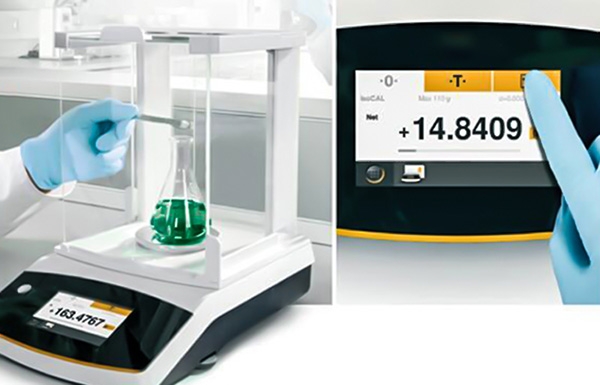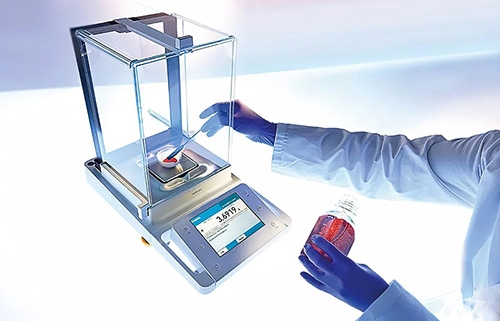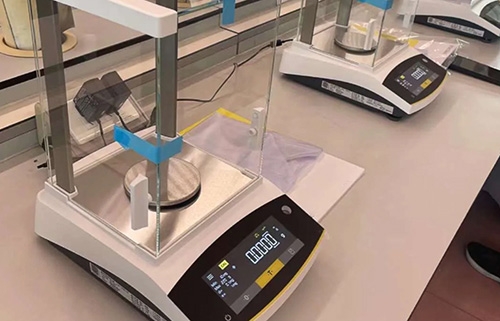Troubleshooting a digital analytical balance involves identifying and resolving issues that may affect its accuracy and functionality. These precision instruments are crucial in laboratories for measuring the mass of substances with high accuracy. Common problems include calibration errors, environmental factors, and mechanical issues. In this article, SISCO will explore these issues and provide step-by-step solutions to ensure optimal performance of analytical balance.
1. Electrical Issues.
Symptoms: Power fluctuations, display issues, or sudden shutdowns.
Solution: Ensure a stable power source and use a surge protector to safeguard against power surges. Check the power cable and connections for any damage. If battery-operated, replace old batteries and ensure proper installation. Consult the user manual for troubleshooting specific electrical issues.
2. Calibration Issues.

Symptoms: Inaccurate measurements, drifting readings, or unstable results.
Solution: Begin by checking if the electronic analytical balance is calibrated properly. Follow the manufacturer's calibration guidelines. Ensure that the balance is on a stable surface, free from vibrations. Clean the weighing pan and ensure there are no residual substances affecting the calibration. Calibrate using standard weights suitable for the balance's capacity. Repeat the calibration process regularly to maintain accuracy.
3. Zero-Error Correction.
Symptoms: Drifting zero readings, even without any sample on the pan.
Solution: Ensure the balance is on a stable surface and free from vibrations. Clean the weighing pan to remove any residue affecting the zero reading. Perform zero-error correction according to the manufacturer's instructions.
4. Sample Handling Errors.

Symptoms: Inconsistent measurements with the same sample.
Solution: Ensure the sample is placed at the center of the weighing pan. Use appropriate weighing containers and avoid placing samples directly on the pan. Minimize air currents and disturbances during weighing.
5. Overload Errors.
Symptom: Digital analytical balance displays an overload error even with a valid load.
Solution: Check the maximum capacity of the balance and ensure the load is within the specified range. Inspect the weighing pan for any obstructions or foreign objects. Calibrate the balance to confirm its accuracy and eliminate the overload error.
In addition to malfunctions in the use of the lab balance scale, some external factors can affect our normal use.
1. Mechanical Problems.
Symptoms: Irregular behavior, excessive noise, or physical damage.
Solution: Inspect the balance for any visible damage or loose parts. Lubricate moving parts according to the manufacturer's recommendations.
2. Environmental Factors.

Symptoms: Fluctuations in temperature, humidity, or air currents can impact balance performance.
Solution: Place the balance in a controlled environment with stable temperature and humidity levels. Avoid drafts and air conditioning vents that may cause air currents affecting measurements. Shield the balance from direct sunlight or heat sources. Allow the balance to acclimate to the environment before use.
3. External Interference.
Symptoms: External electromagnetic interference causing erratic readings.
Solution: Keep electronic devices, such as mobile phones and computers, away from the balance during operation. Minimize electrical cables near the balance to reduce electromagnetic interference. Consider using electromagnetic shielding or relocating the balance if interference persists.
Digital analytical balances are sophisticated instruments that require careful attention to detail during troubleshooting. By systematically addressing common issues and their potential causes, users can enhance the reliability and accuracy of these precision measuring devices. Regular maintenance, adherence to calibration procedures, and environmental control are key factors in preventing and resolving problems with digital analytical balances.

